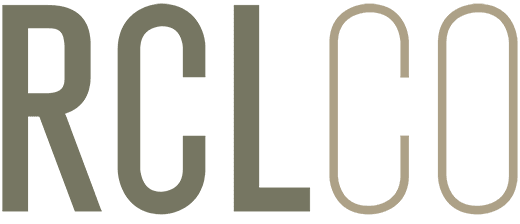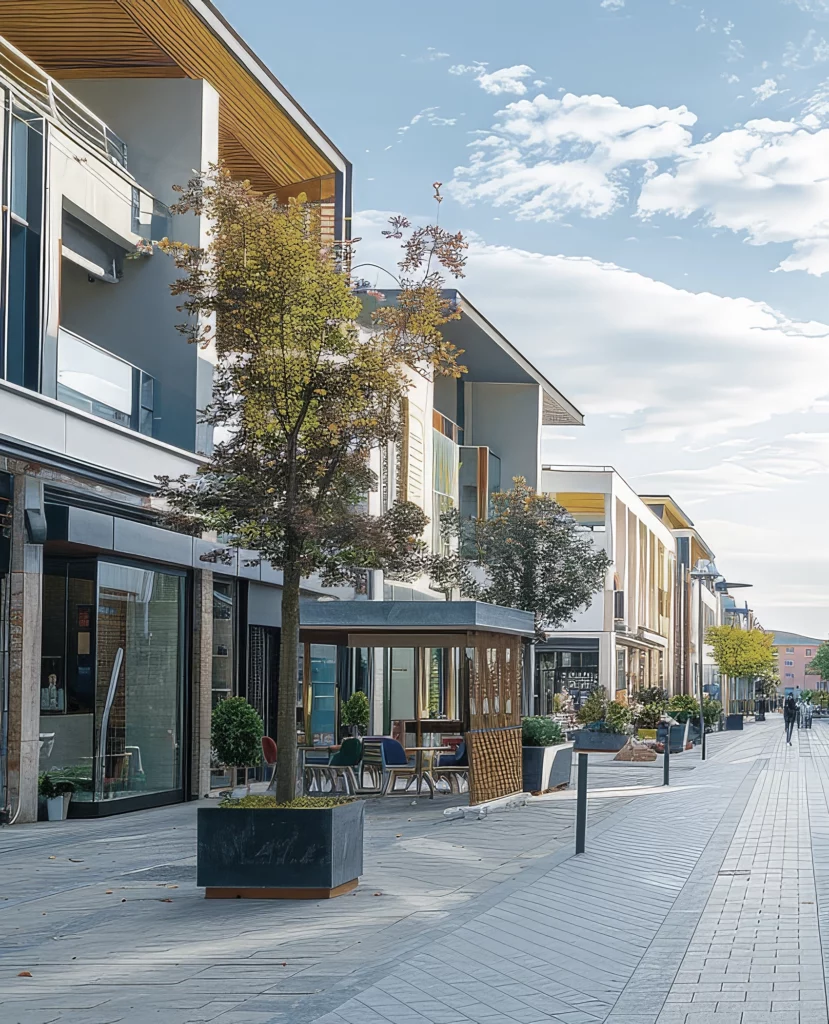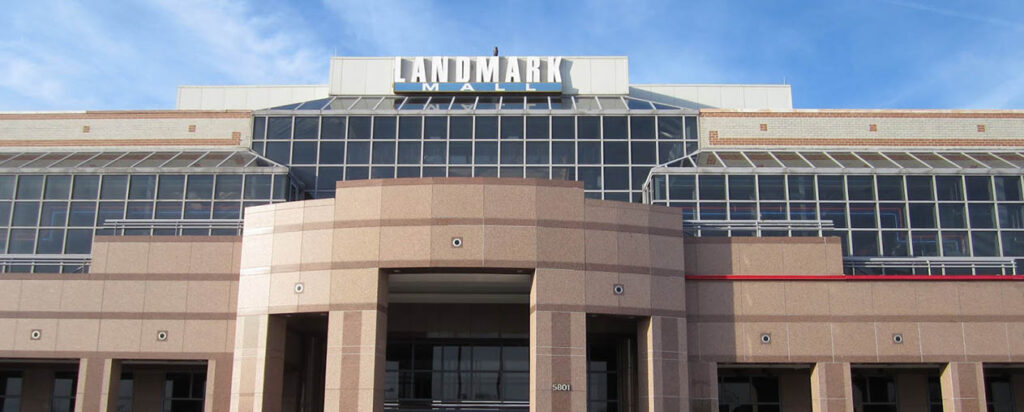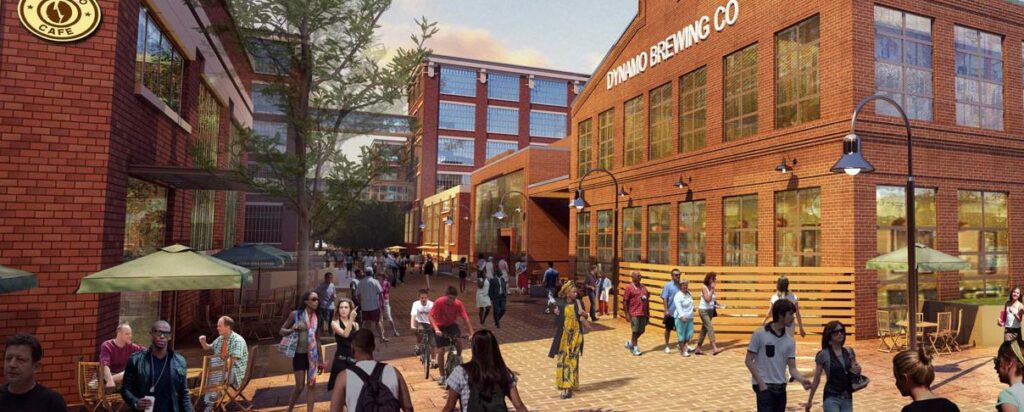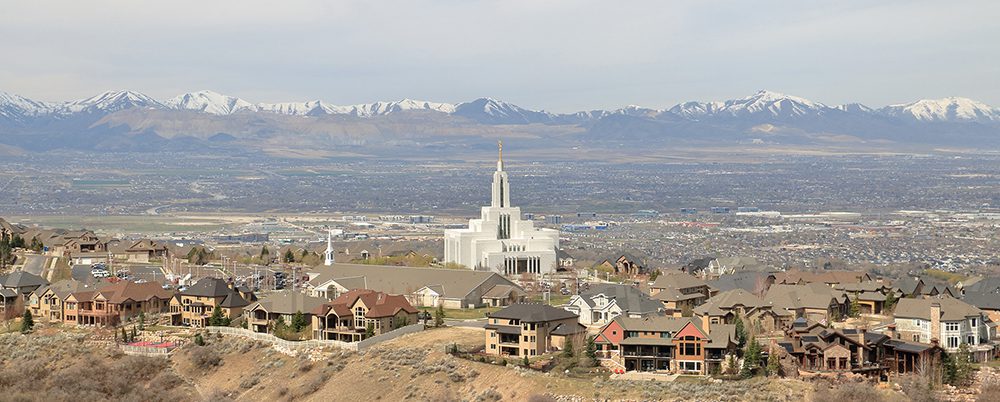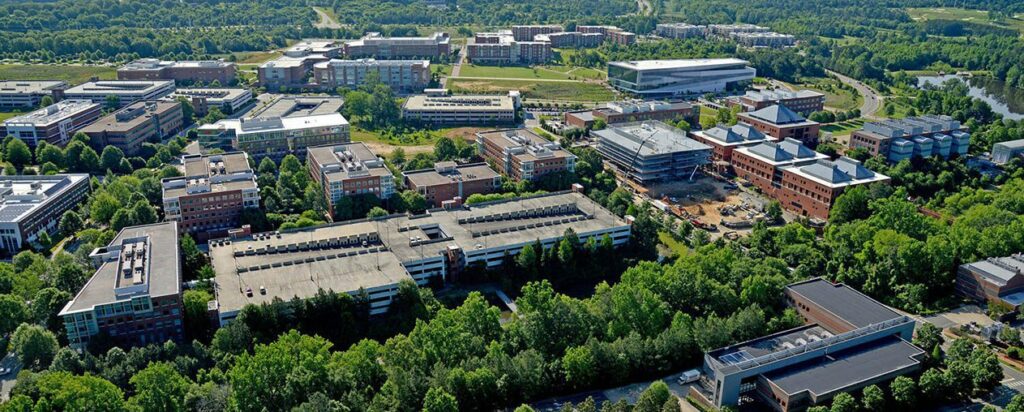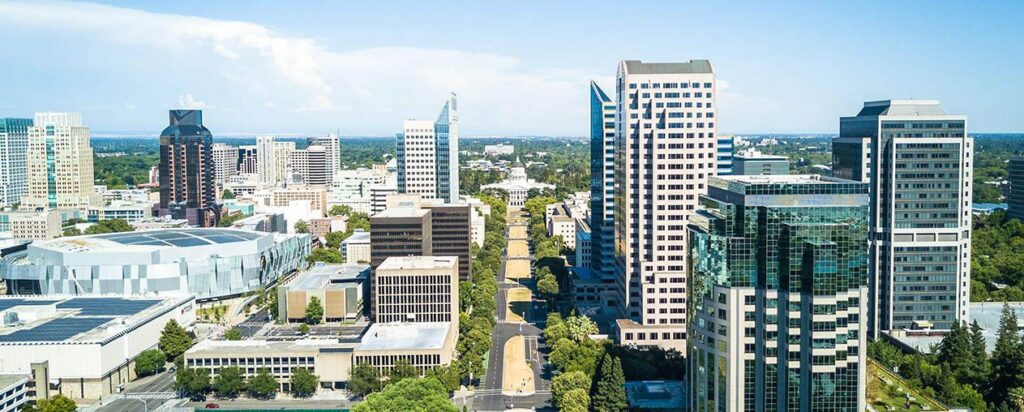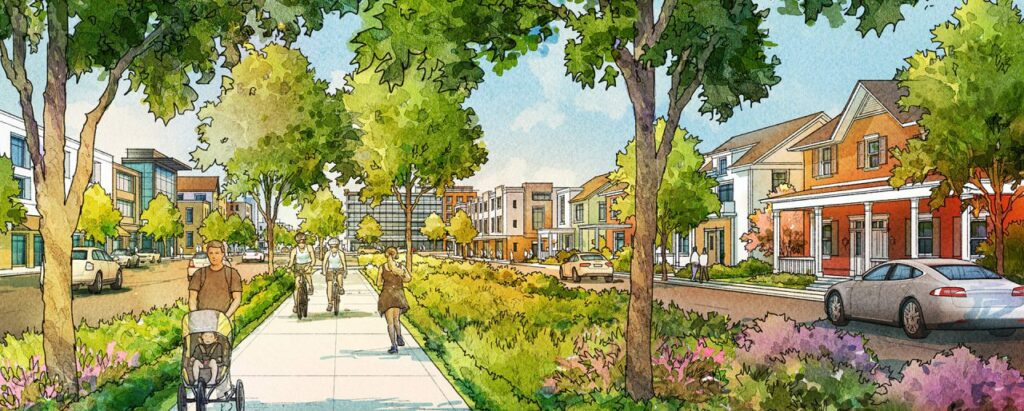Mixed-Use Development
Mixed-Use and Highest and Best Use Analysis
RCLCO draws upon decades of experience across all residential and commercial asset classes to help our clients business plan the development, or repositioning of, mixed-use projects in urban and suburban locations. Whether for a single building or a large multi-acre site, RCLCO helps clients determine the highest and best mix of uses based on market-driven demand, revenue potential, and phasing/absorption timeline.
We bring a deep understanding of best-in-class placemaking, premium generation and differentiation to our mixed-use work that includes innovation districts, downtown high-rises, suburban town centers, sports and entertainment districts, and other complex setting. Our approach is customer-driven, informed by sophisticated modeling, and actionable in the marketplace today.
